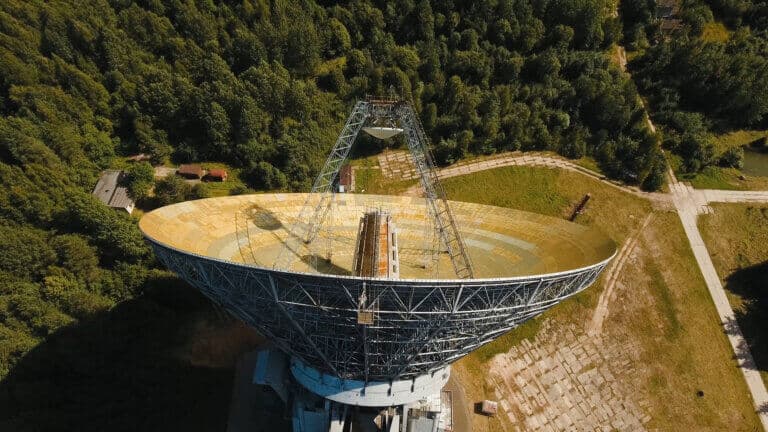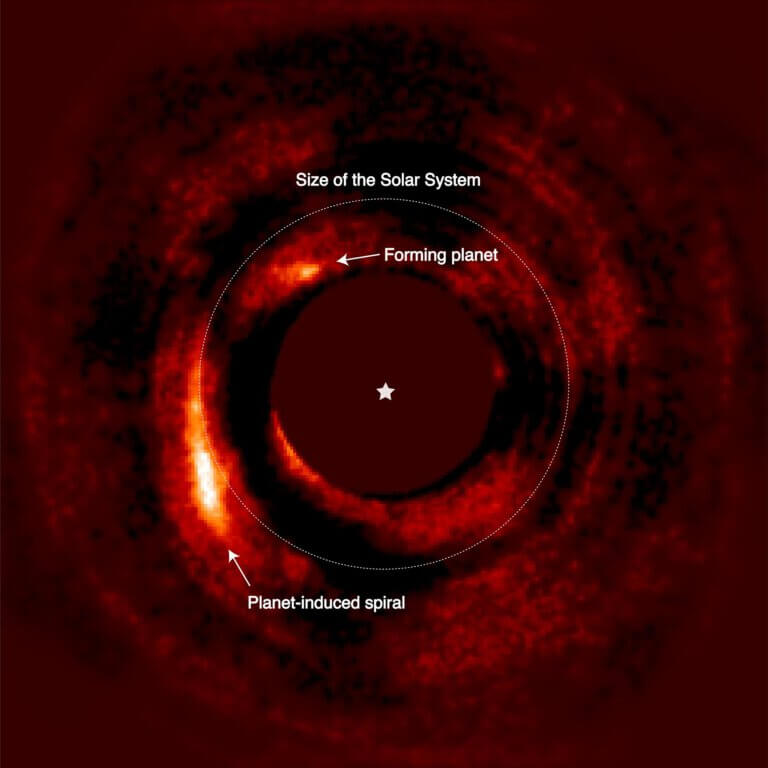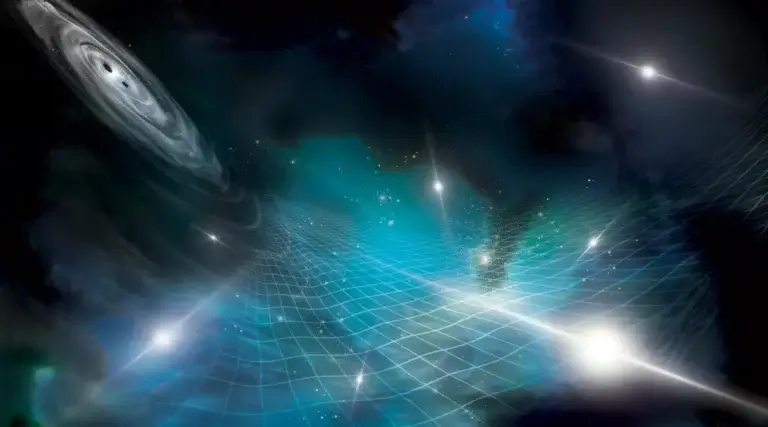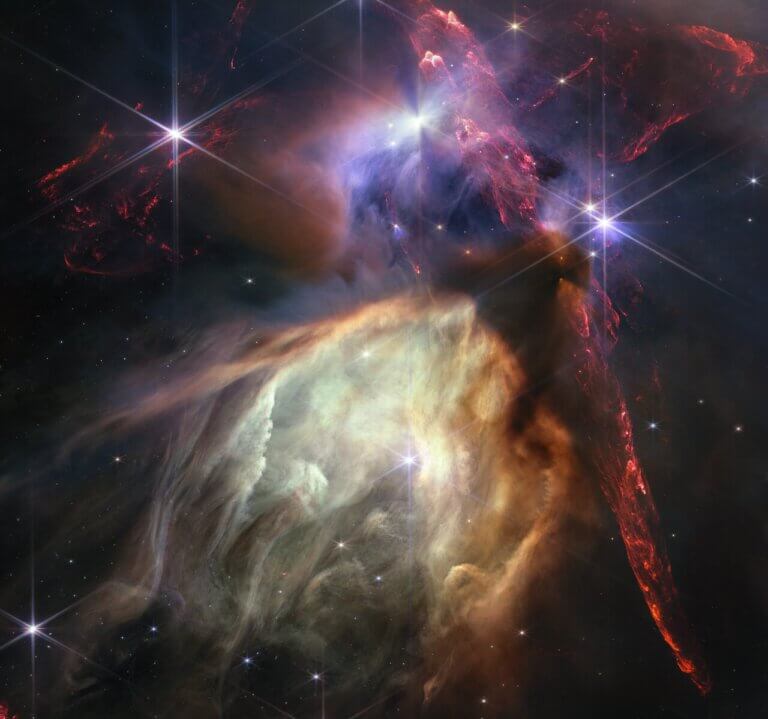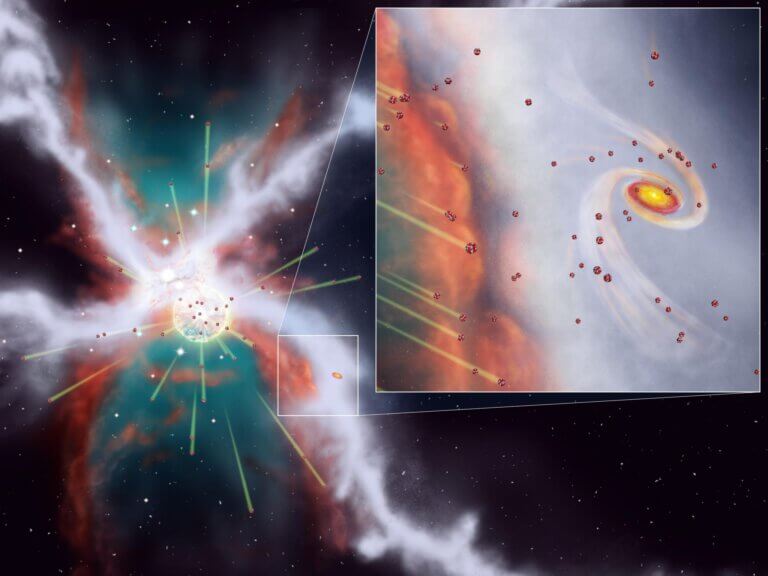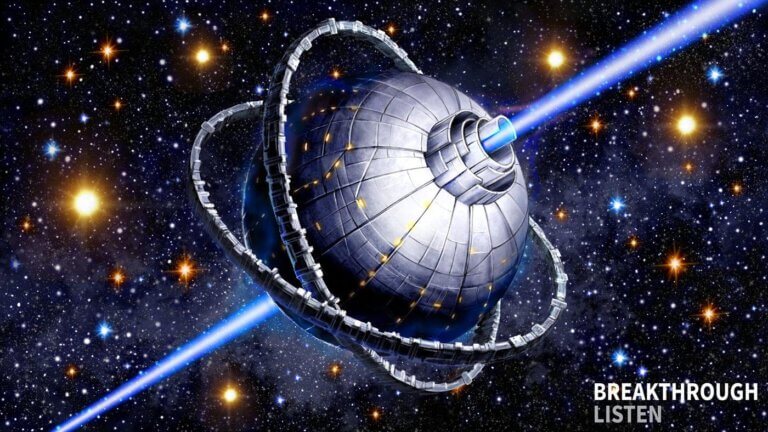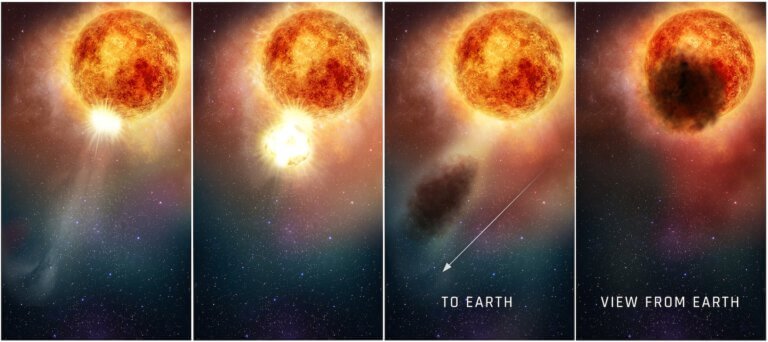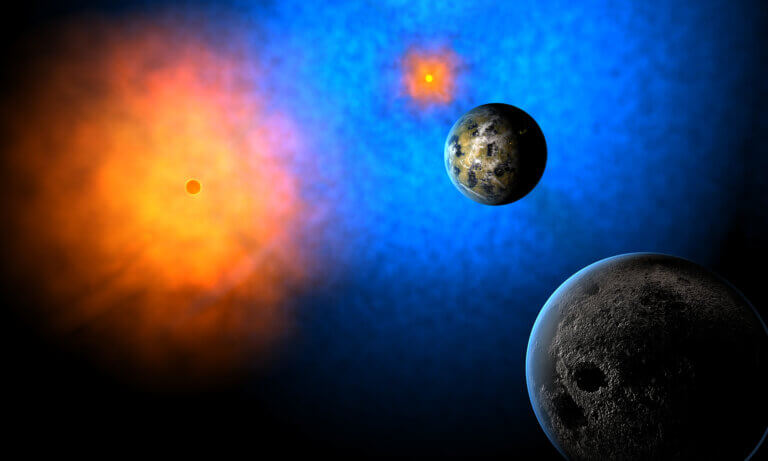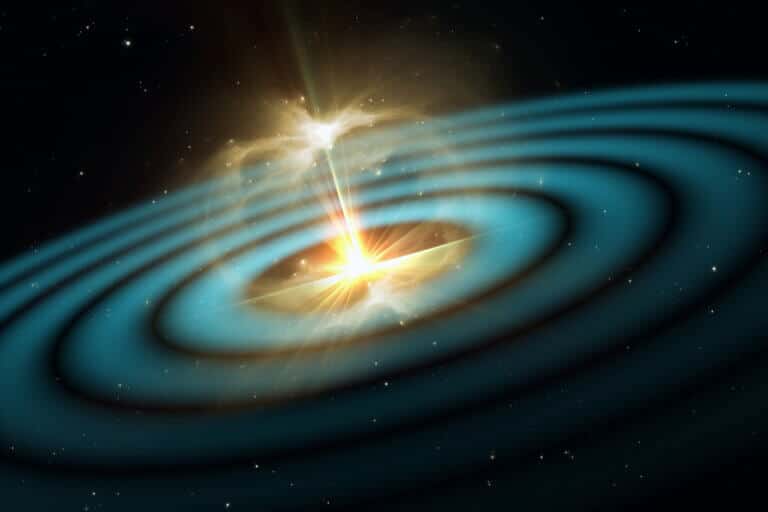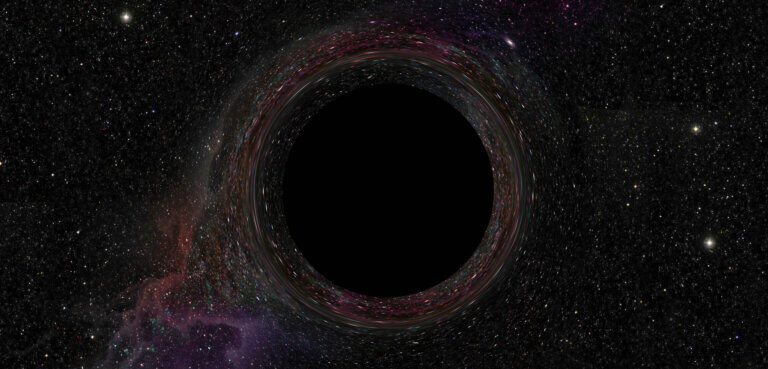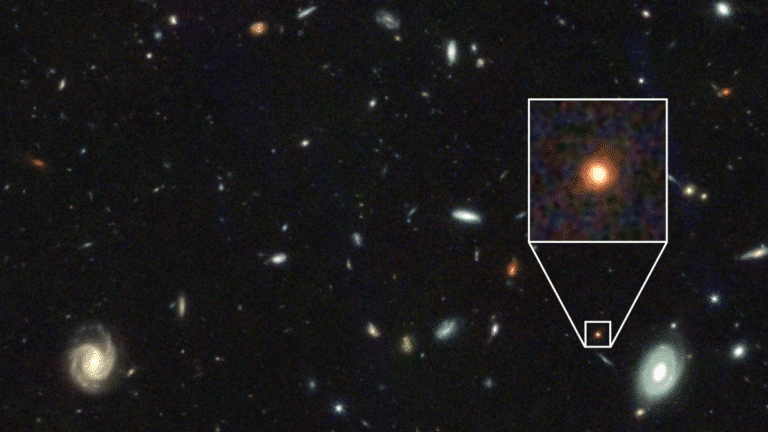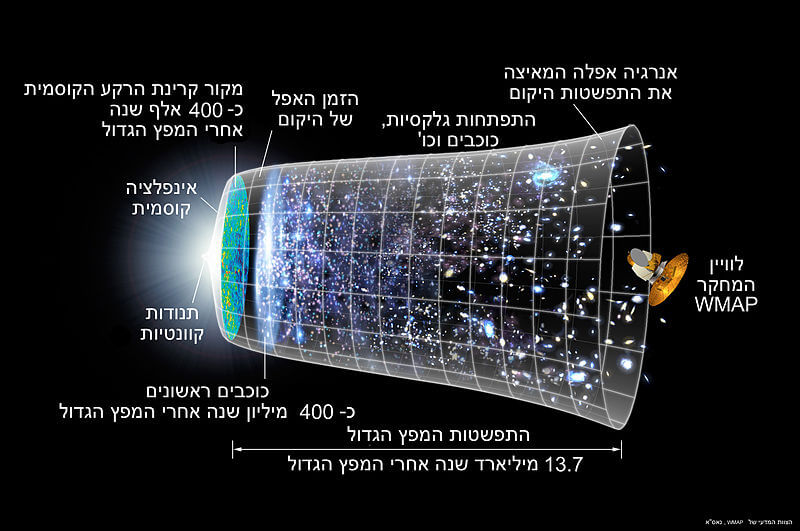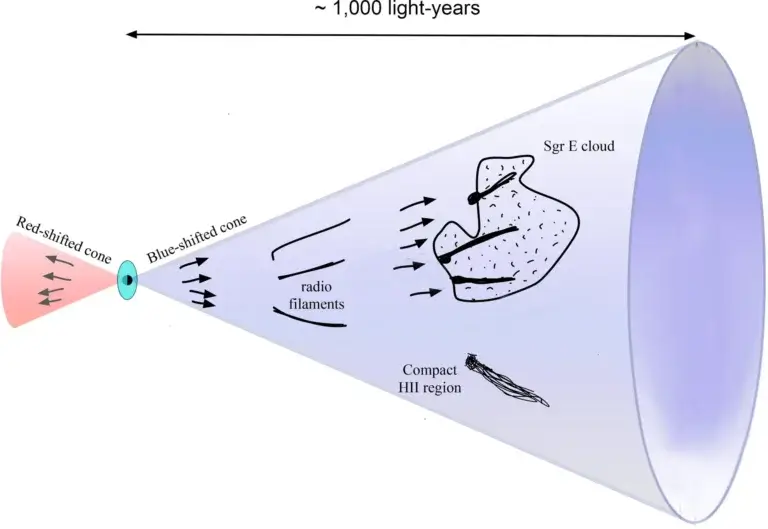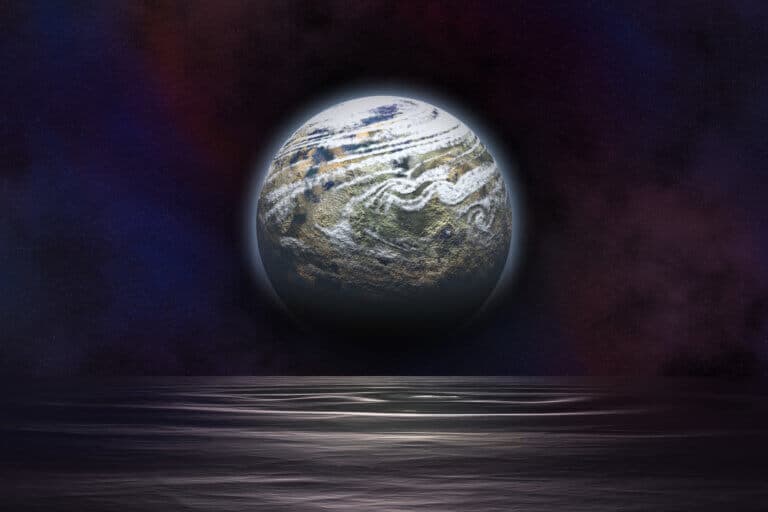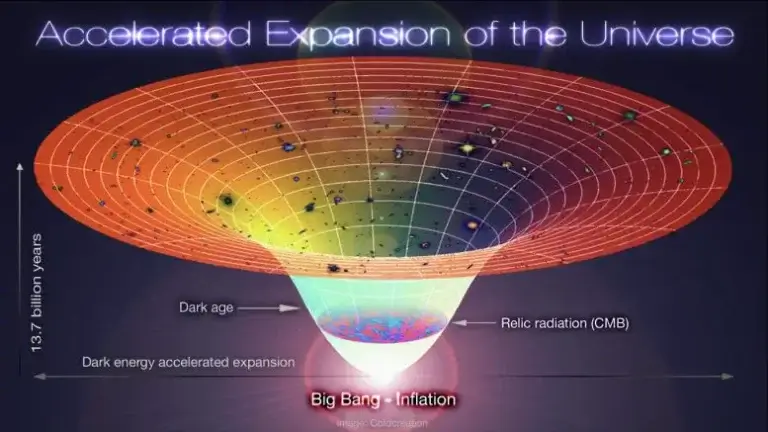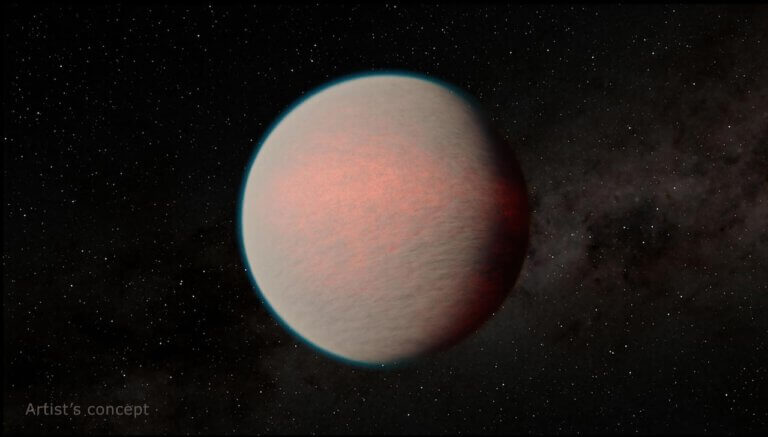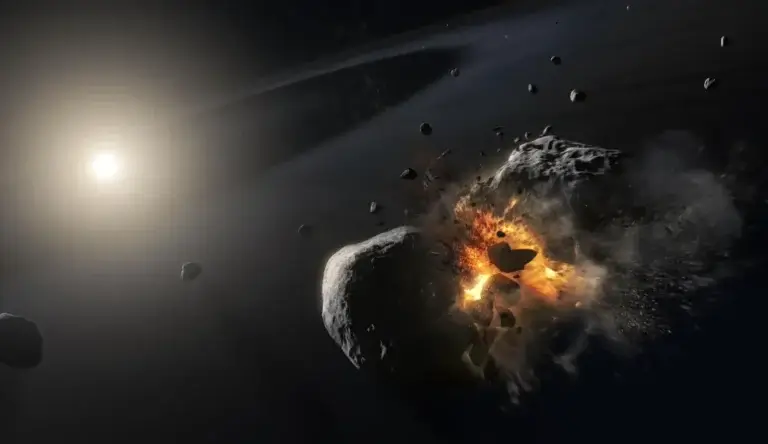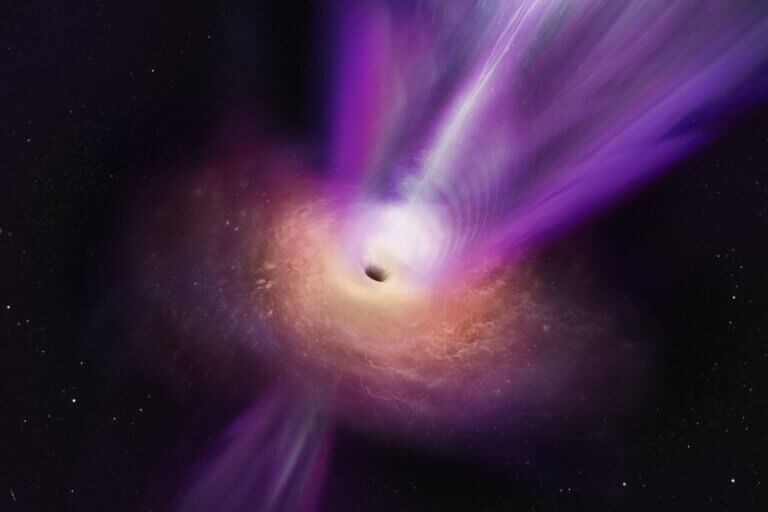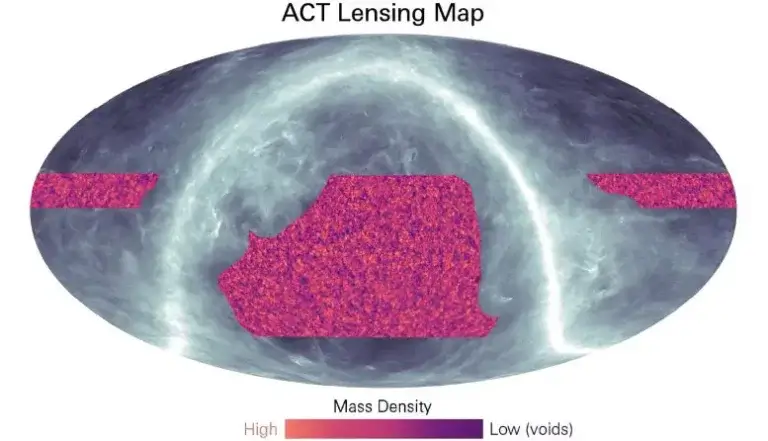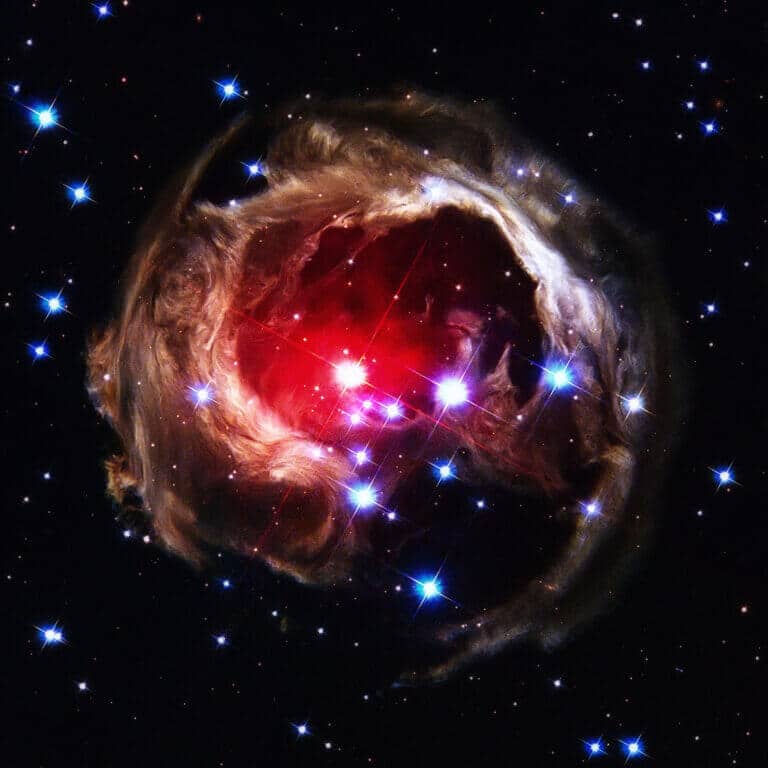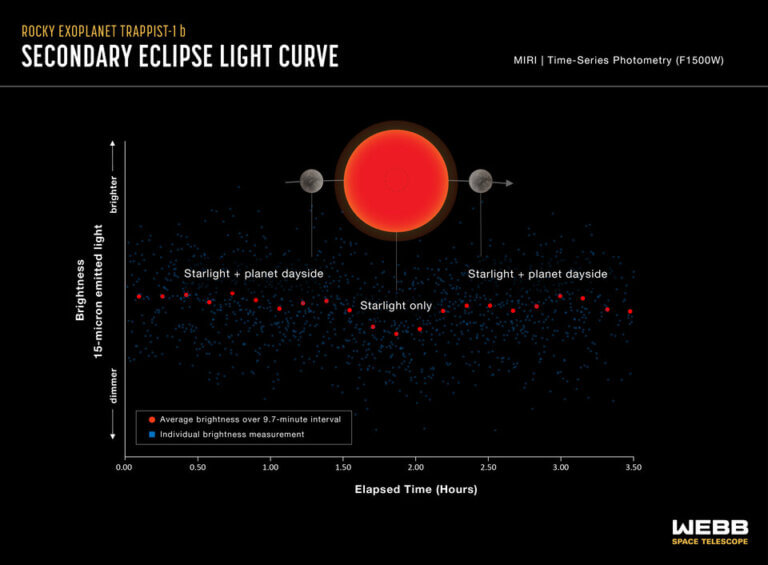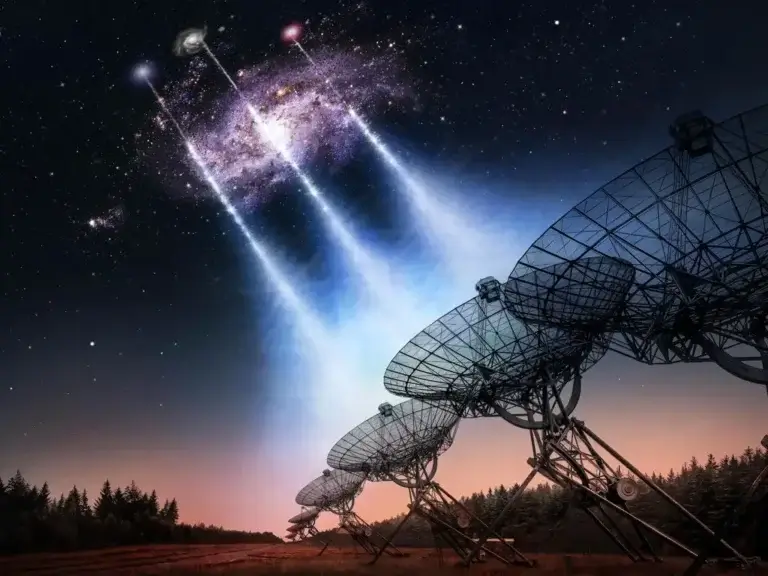Hayadan > Space and astronomy > Astrophysics > Page 4
Astrophysics
- Avi Blizovsky
- July 26, 2023
- 7 תגובות
SETI researchers have invented a new technique for detecting potential alien radio signals
- Avi Blizovsky
- July 22, 2023
- 28 תגובות
What could aliens pick up from the radio leak from Earth? How would Earth look to an alien civilization light years away from us?
- Avi Blizovsky
- July 17, 2023
- No comments
Protoplanets form from clumps of material in disks around newborn stars. When the planet is still forming, that is, when it is still collecting material, it is called a protoplanet. This is only the third protoplanet discovered
- Avi Blizovsky
- July 16, 2023
- One response
NANOGrav Discovers Stronger Gravitational Waves Than Ever, Apparently Created by Pairs of Supermassive Black Holes
- Avi Blizovsky
- July 14, 2023
- No comments
From our own cosmic backyard in the Solar System to distant galaxies toward the dawn of time, the NASA/European Space Agency/CSA James Webb Space Telescope has lived up to its promise to reveal the universe like never before in its first year of scientific activity. To celebrate the end of a year A successful first, a new Web image has been released of a small star-forming region in the Rho Ophiuchi cloud complex
- Avi Blizovsky
- July 13, 2023
- 5 תגובות
The meteorite components enriched in radioactive isotopes formed in the first 100,000 years or so of the formation of the Solar System within the dense filament. The mother filament may have served as a buffer that protected the young sun and helped capture the radioactive isotopes from the supernova shock wave and channel them into the still forming solar system.
- Avi Blizovsky
- July 2, 2023
- No comments
The "Dark Universe" Euclid space telescope is launched on a mission to uncover the deepest mysteries of the cosmos
- Avi Blizovsky
- June 25, 2023
- 7 תגובות
Akshay Suresh, a graduate student at Cornell University, is leading an unusual scientific activity - a groundbreaking mission called BLIPSS to detect periodic signals emanating from the center of the Milky Way
- Science site The Conversation
- June 22, 2023
- 2 תגובות
At the end of 2019, the light of the star dimmed and went from the brightest in the Orion group to the third brightest. Since then it has returned and become even brighter than before
- Avi Blizovsky
- June 20, 2023
- 2 תגובות
An international team of astronomers has announced the discovery of a second planet in the circumbinary system (where planets orbit two suns) of the rare multiple planet BEBOP-1. This planet was discovered using the transit method and was noticed because it passed in front of the brighter of the two stars on different occasions
- Avi Blizovsky
- June 19, 2023
- 2 תגובות
A significant development in thin layer technology could possibly improve the sensitivity of gravitational wave detectors.
- Avi Blizovsky
- June 12, 2023
- 5 תגובות
A team of researchers confirmed Hawking's prediction of evaporating black holes, but extended its application to all large objects in the universe
- Avi Blizovsky
- June 11, 2023
- 7 תגובות
The galaxy is currently 25 billion light-years away, but when light began to travel from it to us about 12.5 billion years ago, it was much closer, because the universe is expanding
- Prof. Asher Yahlom
- June 9, 2023
- 6 תגובות
- Avi Blizovsky
- June 8, 2023
- 7 תגובות
An international group of astrophysicists discovered something completely new, hidden in the center of the Milky Way galaxy
- Avi Blizovsky
- June 7, 2023
- 5 תגובות
A new study suggests that a third of the planets orbiting dwarf stars common to the Milky Way could potentially support life. As in the story of Goldilocks and the Three Bears, one plate is too hot, the second is too cold and the third is just right
- Avi Blizovsky
- June 4, 2023
- 19 תגובות
The first findings from the James Webb space telescope hinted at galaxies so early and massive that they are somewhat inconsistent with our understanding of the formation of structure in the universe. A new study tries to deal with these contradictions
- Avi Blizovsky
- May 17, 2023
- 9 תגובות
"The planet is completely covered in a kind of layer of fog or clouds," said Eliza Kempton, a researcher at the University of Maryland and lead author of a new paper on the planet published in Nature. "The atmosphere simply remained completely hidden from us until this observation." She noted that if the planet was indeed rich in water, it could have been a "water world", with large amounts of water and ice material at the time of its formation.
- Avi Blizovsky
- May 16, 2023
- 2 תגובות
The belts surround the hot young star, which can be seen with the unaided eye as the brightest star in the southern group Southern Pisces. The dust belts are fragments from the collisions of larger bodies, corresponding to asteroids and comets, and are often described as "fragment disks"
- Avi Blizovsky
- April 29, 2023
- 7 תגובות
In a recent paper published in the journal Nature, scientists analyzed new data from the Event Horizon Telescope (EHT) to produce the most detailed image yet of the supermassive black hole at the center of the galaxy M87
- Avi Blizovsky
- April 24, 2023
- 15 תגובות
A groundbreaking new map of dark matter has been created using data from the Dark Energy Survey (DES), in an international collaboration of astronomers and physicists. The map shows the distribution of dark matter in the southern sky region, and is the most accurate and detailed map of its kind ever created
- Avi Blizovsky
- April 21, 2023
- One response
A mysterious and very distant object, in the universe as it was "only" two billion years after the big bang, hidden from even the most advanced devices. Its properties were finally described in a study by the International Research Institute SISSA
- Avi Blizovsky
- April 20, 2023
- No comments
It was found that stars with variable light intensity influence the production of the interstellar dust and its enrichment in heavy elements from which life was created
- Haim Mazar
- April 18, 2023
- No comments
For the first time, the temperature of a rocky planet was measured, as well as a planet similar to Jupiter but containing large amounts of heavy elements
- Avi Blizovsky
- April 17, 2023
- 4 תגובות
Many astronomers think they are emitted by neutron stars. The density and magnetic field strength of these very compact stars are unique in the universe. Now they have become a tool that measures the concentration of dark atoms in the galaxies it passes through

